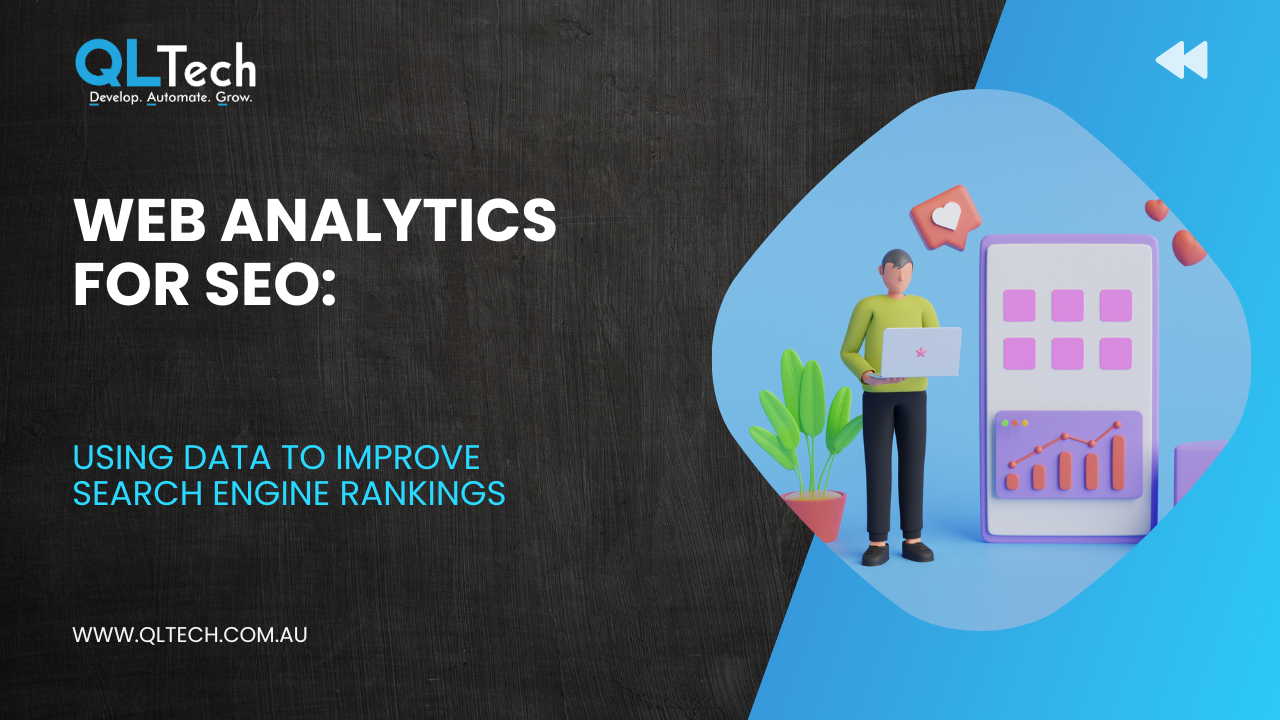Paid social media advertising has become a powerful tool for businesses to reach and engage their target audiences effectively. However, maximizing return on investment (ROI) requires strategic planning, execution, and optimization. This article explores best practices and real-world case studies to help businesses leverage paid social media advertising for optimal ROI.

- Set Clear Goals and KPIs:Define specific goals for your paid social media campaigns, whether it’s increasing brand awareness, driving website traffic, generating leads, or boosting sales. Align key performance indicators (KPIs) such as click-through rates (CTR), conversion rates, cost per acquisition (CPA), and return on ad spend (ROAS) with your campaign objectives.
- Audience Targeting and Segmentation:Utilize advanced audience targeting capabilities offered by social media platforms to reach the right audience segments. Segment your audience based on demographics, interests, behaviors, and past interactions with your brand to deliver highly relevant and personalized ad experiences.
- Compelling Ad Creatives and Messaging:Create visually appealing and compelling ad creatives that resonate with your target audience. Use high-quality images, videos, and ad copy that highlight your unique value proposition, benefits, and call-to-action (CTA). A/B test different ad variations to identify the most effective messaging and visuals.
- Optimize for Mobile and User Experience:Given the prevalence of mobile usage, ensure that your paid social media ads are optimized for mobile devices. Use responsive design, clear CTAs, and fast-loading landing pages to provide a seamless user experience and drive conversions across devices.
- Budget Management and Bidding Strategies:Allocate your ad budget effectively based on campaign objectives, audience size, and expected reach. Test different bidding strategies such as cost per click (CPC), cost per thousand impressions (CPM), or cost per action (CPA) to find the most cost-effective approach for your campaigns. Monitor budget pacing and adjust bids to maximize results within your budget constraints.
- Continuous Monitoring and Optimization:Regularly monitor the performance of your paid social media campaigns using platform analytics and third-party tools. Analyze key metrics, identify trends, and make data-driven optimizations to improve campaign performance. Optimize ad targeting, creative elements, bidding strategies, and audience segmentation based on performance insights.
- Integration with Conversion Tracking and Analytics:Implement conversion tracking pixels or tags on your website to measure the impact of paid social media ads on conversions and revenue. Leverage analytics tools such as Google Analytics to track user behavior, attribution paths, and ROI metrics across channels. Use data insights to optimize campaign strategies and investment allocation.
- Best Practices Case Studies:Share real-world case studies or success stories that demonstrate effective use of paid social media advertising to achieve significant ROI improvements. Highlight strategies, tactics, and results achieved by businesses in various industries, showcasing best practices in action.
Conclusion: Paid social media advertising offers immense opportunities for businesses to drive targeted traffic, conversions, and revenue. By implementing best practices such as goal setting, audience targeting, compelling creatives, budget optimization, continuous monitoring, and data-driven optimization, businesses can maximize ROI and unlock the full potential of paid social media advertising in achieving their marketing objectives and driving business growth. Leveraging insights from case studies and industry benchmarks can further guide businesses in developing effective paid social media strategies that deliver measurable results and sustainable ROI over time.









